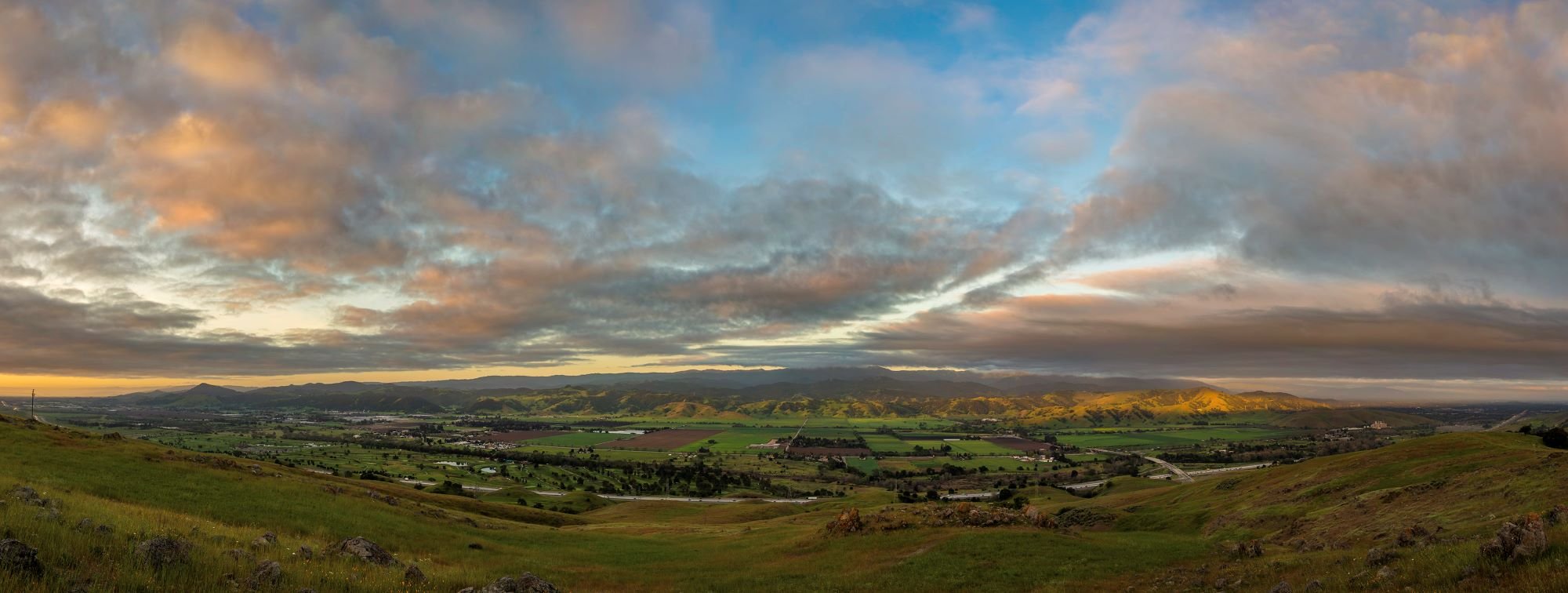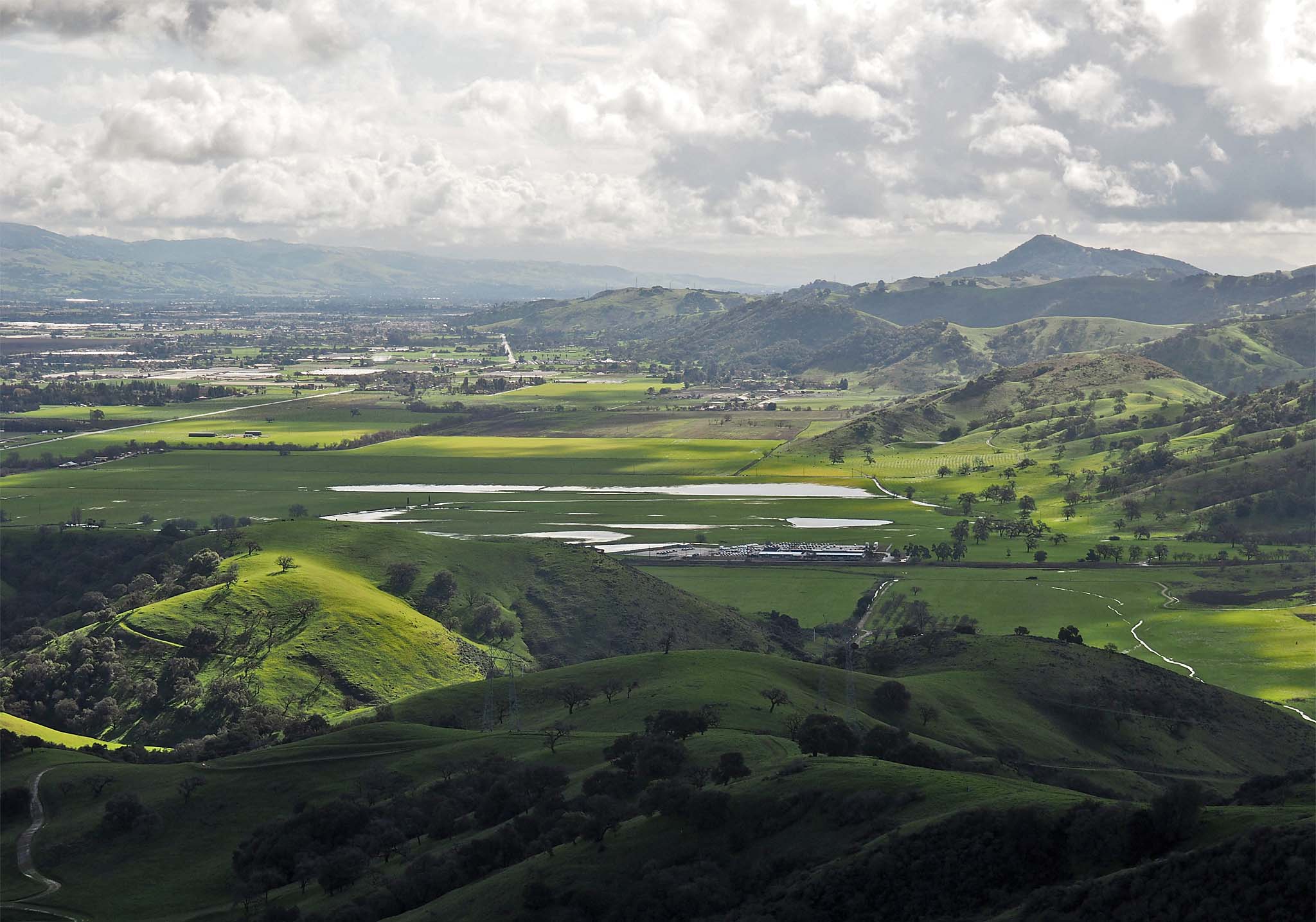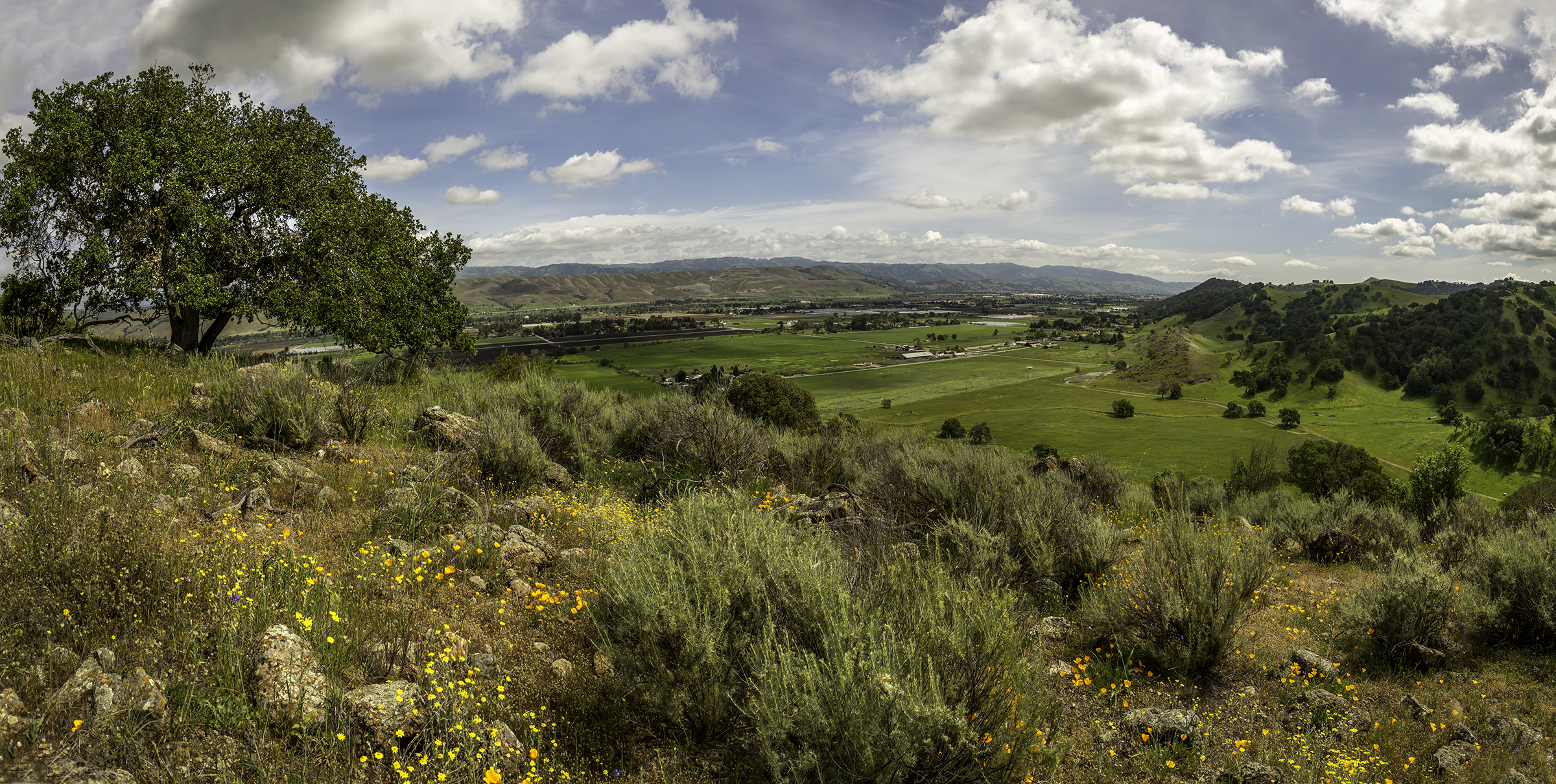From last month’s youth-led Global Climate Strike, to the sobering new UN Intergovernmental Panel on Climate Change (IPCC) reports, the issue of climate change has been a steady presence in the news and at the top of mind for many of us recently. Climate change is increasing the frequency, severity, and unpredictability of storms, flooding, drought, and wildfire. As we have seen, the recurring economic and social costs of responding to these disasters are immense. This renewed attention couldn’t come soon enough as climate experts warn that time is running out to take action.
One of the key ways the Authority is tackling the issue of climate change is by working to improve our region’s “climate resilience,” the ability of our natural and human communities to respond and adapt to extreme weather conditions which lead to hotter temperatures, drought, fire, and flooding. Just as a healthy body is able to resist disease, a healthy natural environment can better withstand the negative effects of climate change.
 Fortunately, here in Santa Clara County we have a tremendous natural resource available to us in this fight: Coyote Valley. This region connecting the Santa Cruz Mountains and the Diablo Range, gives us the unique opportunity to protect and restore existing natural infrastructure, buffering environmental changes.
Fortunately, here in Santa Clara County we have a tremendous natural resource available to us in this fight: Coyote Valley. This region connecting the Santa Cruz Mountains and the Diablo Range, gives us the unique opportunity to protect and restore existing natural infrastructure, buffering environmental changes.
For example, Coyote Valley contains thousands of acres of floodplains that can recharge aquifers and absorb water, reducing the risk of flooding in downstream communities. Agricultural lands, such as those traditionally covering the valley floor, produce 70 times fewer greenhouse gas emissions than urbanized areas, so protecting these undeveloped and agricultural lands will help avoid emissions by reducing sprawl and therefore reliance on private vehicles. A statewide analysis of open space investment in California estimated that these efforts reduced carbon dioxide emissions by an estimated 4.27 million metric tons.
 Investing in these multi-benefit natural resources or as we like to call it, natural infrastructure, will help our communities be more climate resilient, while also helping to meet climate goals within local and regional plans such as Climate Smart San Jose, Plan Bay Area, and others. These efforts will also help us leverage local, regional, and state funding.
Investing in these multi-benefit natural resources or as we like to call it, natural infrastructure, will help our communities be more climate resilient, while also helping to meet climate goals within local and regional plans such as Climate Smart San Jose, Plan Bay Area, and others. These efforts will also help us leverage local, regional, and state funding.
These natural infrastructure assets make clear why Coyote Valley is a top conservation priority of the Authority. With significant growth projected in Santa Clara County over the next 30 years, now is the time to plan our communities and landscapes to increase our climate resilience and prepare for this new normal.

